India- On Verge Of Day Zero
Jun 30, 2019 • 210 views
It takes a lot of blue to stay green
The above slogan itself means that water is imperative for a healthy environment and ecosystem. Before jumping on to the main concern of this wrytup let us first have a look at how water is used in different sectors in India. India has 18% of world’s population, having 4% of world’s fresh water out of which 80% is used in agriculture, 15% by industries and only 5% is used for domestic purpose.
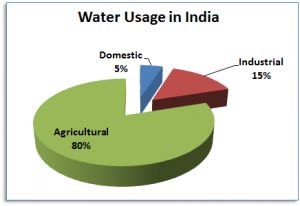
Now you all might either be wondering or knowing that why am I talking about water? Obviously because India is facing a huge water crisis. According to a recent NITI Ayog report 21 Indian cities will run out of groundwater by 2020 if water consumption continues at the current rate and that many Indian cities will soon face DAY ZERO-a situation when taps start running dry.
According to government data, the average annual per capita water availability fell 15% between 2001-2011. It’s predicted to fall another 13% by 2025 and 15% again by 2050, which means that in another 30 years each Indian household will have about 1.1 million liters of water per year, down from 1.8 million liters in 2011. (A country is considered to be suffering from water scarcity when availability is less than 1 million liters per capita per year.)
Chennai and its two neighboring districts- Tiruvallur and Kancheepuram were together called as Yeri (lake) districts which had approximately 6000 lakes, ponds, reservoirs that minimized the run-off loss of rainwater and kept replenishing the groundwater level are now left with only 3500 water bodies approx. due to mismanagement of water bodies. It is the first Indian city to reach Day Zero.
Bengaluru which was once called as India’s Garden City for its lush green park, surrounded by various lakes to form rainwater reservoirs and draining away of precious water resources is now facing a severe water crisis. The city is on the verge of DAY ZERO. Bengaluru could possibly reach water crisis same as that in Cape Town, South Africa if urgent measures are not taken.
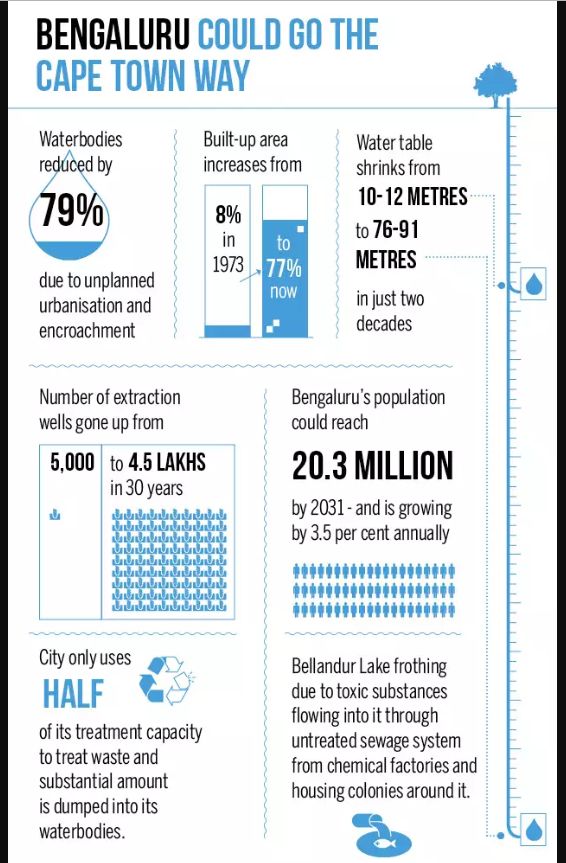
Now let us have a look at some major reasons for such a massive water crisis in India. According to Central Ground Water Board (CGWB) report, the major reasons are burgeoning population, inadequate rainfall, urbanization and rise in industries.
Let us look at all these factors step by step:-
First, India’s vigorously growing population is a major reason for water scarcity. There is too much demand for it but not enough supply. According to survey’s report India’s population could grow up to 1.8 million if the current fertility rate continues.
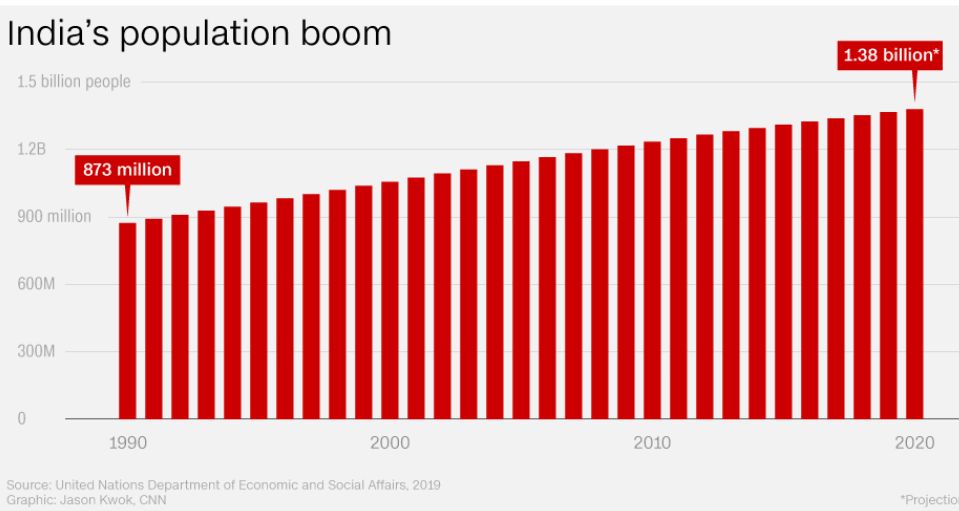
Second, due to weak monsoons from last 2 years many cities in India has suffered through severe droughts. For example, Chennai has not had rain in nearly 200 days due to which its condition has become so severe.
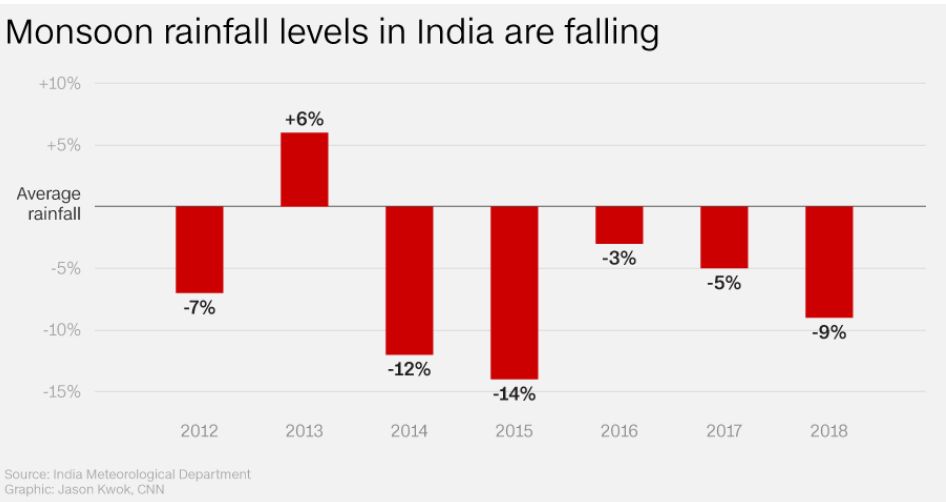
Third, Industries contribute a lot towards water pollution as industries release very toxic pollutants like lead, mercury, oil etc polluting and damaging water bodies.
Also unchecked pollution levels has turned thousands of water bodies into bodies of filth and disease. The most apt example is Bendullar lake in Bengaluru. The lake has become toxic to such an extent that methane fires are seldom seen on its surface.
Along with these, India’s scorching summers and shortened winters are also a reason for water crisis.
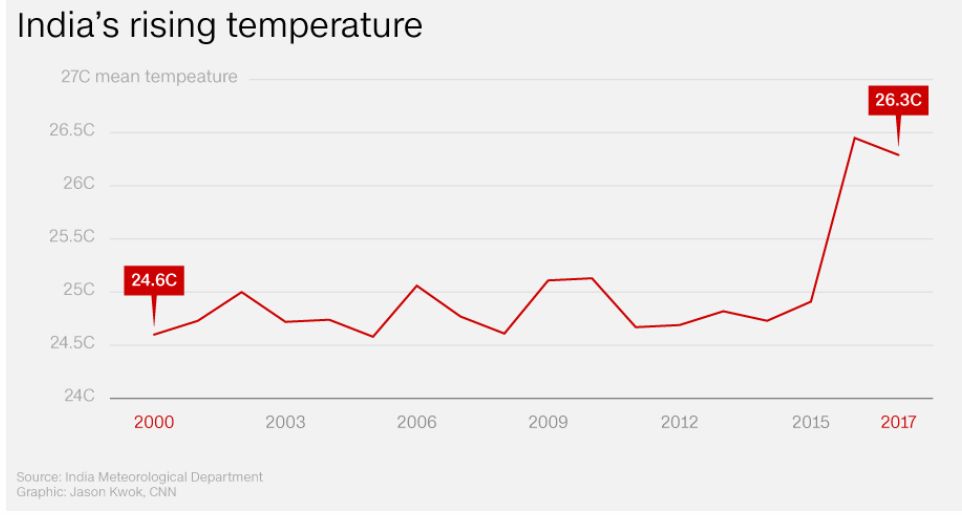
As Chennai is facing its worst water crisis with its four main reservoirs (Shoolvam, Chembarambakkam,
Poondi and Red Hills) have dried up and are nearly empty. Chennai which had ample amount of water or we can say oversupply of water earlier is now facing a gigantic water crisis due to mismanagement of water bodies.
Now the question arises what has been done by Government to save India from Water Crisis?
The Union Government has recently formed a new Jal Shakti (water) ministry which aims at tackling water issue with an integrated perspective. The Ministry has also announced to provide piped water connections to every household by 2024. Also Delhi Government has made a plan to revive 200 water bodies and will also adopt a water treatment model inspired by Singapore under which water from sewage will treated to make it high quality water. The Government will also try to increase water availability by 15-20% in order to meet the increased water demands.
Taking a lesson from Chennai water crisis, other cities should now setup urban water planning and management boards, a permanent body that will regulate the supply, demand and maintenance of water services and structures.
India can adopt Israel’s water management techniques as the country is on the top for managing its water sources.We can adopt their Drip Irrigation technique, waste water recycling, extracting water from the air (Water-Gen Ltd., an Israeli company whose technology captures humidity in order to make drinking water out of air.), desalination- the process of removing salt from sea water.
Also we as a responsible citizens must take some initiatives on our part in order to conserve water. We can save water by reusing it for various activities, by making some arrangements on the top of our apartments for rain water harvesting, by making people realize the after effects of mismanagement and spreading awareness for the necessity of conserving water.
Every single initiative towards water conservation counts. We can still save India from such a gigantic water crisis by making every bit of our effort because if we don’t then we will surely face the worst after effects like Cape Town had. Let us not put everything on the Government and take some initiatives by ourselves.I sincerely urge you all to spread this message to maximum number of people and let us together take some steps to save our mother Earth.
CONSERVE WATER, CONSERVE LIFE
